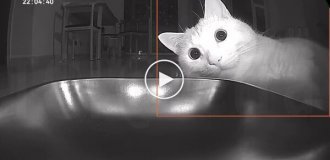The mystery of the missing genius Ettore Majorana (11 photos)
This man differed from others in his special mentality. And he also managed to escape the abyss in a special way - so that his contemporaries are still scratching their heads over the disappearance of the scientist. 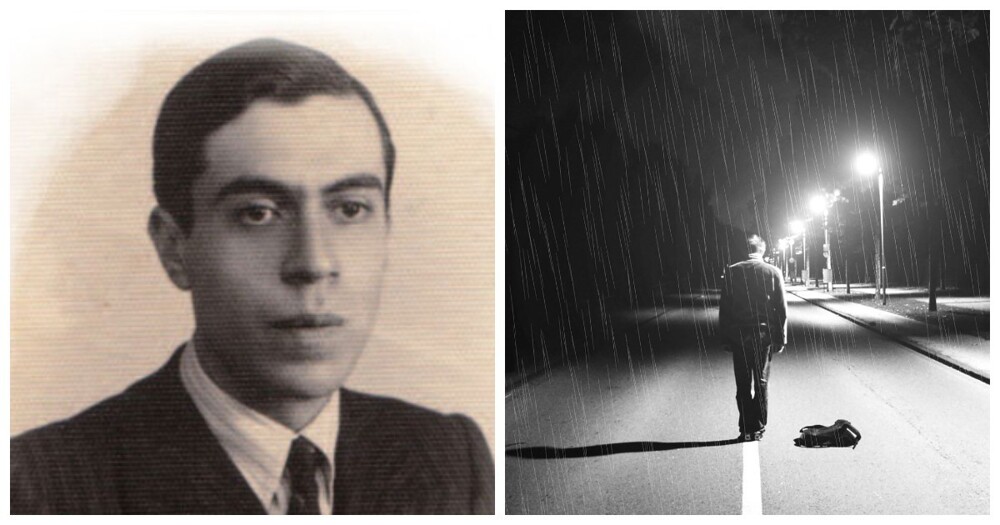
The work of Ettore Majorana had a huge impact on the world of physics. He worked with and inspired some of the greatest minds of the 20th century, helping to discover the neutrino and thereby usher in a new era in physics. 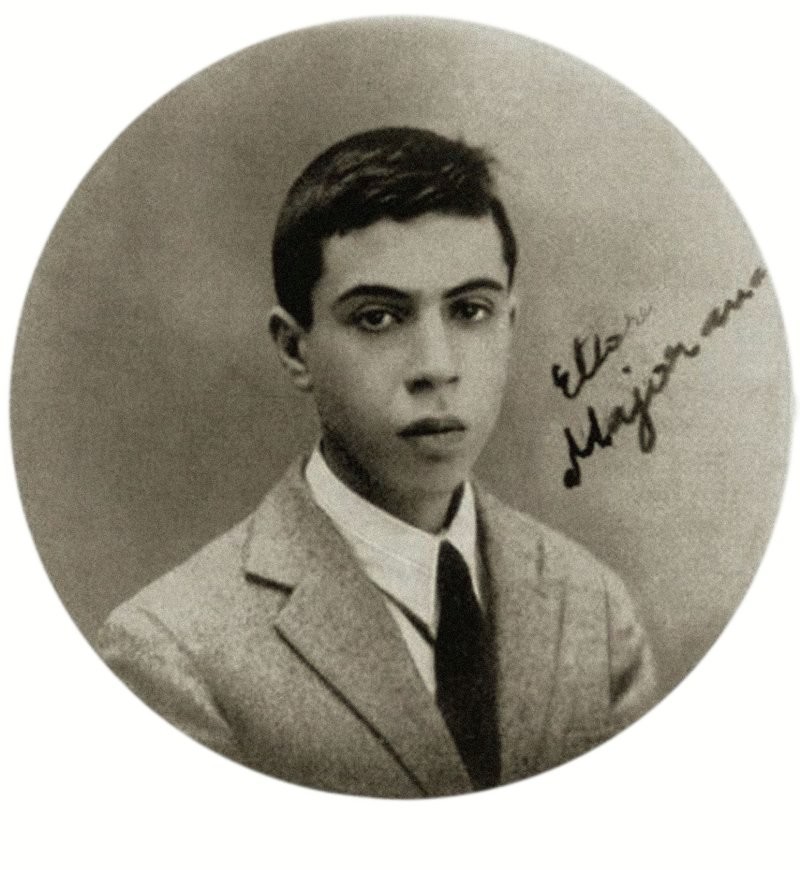
In youth
Why is he not as famous as some of his colleagues? The brilliant Italian theoretical physicist Majorana disappeared without a trace in 1938, leaving behind a void echoing with unanswered questions.
His contributions to quantum mechanics and particle physics were significant, but the circumstances surrounding his mysterious disappearance led to decades of speculation and intrigue.
Was he killed? Did he commit suicide? Or did he run away to start his life over? When his case was reopened in 2011, people had even more questions than before.
The genius of Majorana 
Ettore Majorana
Ettore Majorana was born on August 5, 1906 in Catania, Sicily, the son of Fabio and Domenica Majorana (née Migliorini). From an early age, the boy showed talent in mathematics and could easily multiply large numbers and calculate square and cube roots in his head.
As a child, he was rumored to be terribly shy, a character trait that he retained into adulthood. In 1923 he went to Rome, where he began to study engineering. 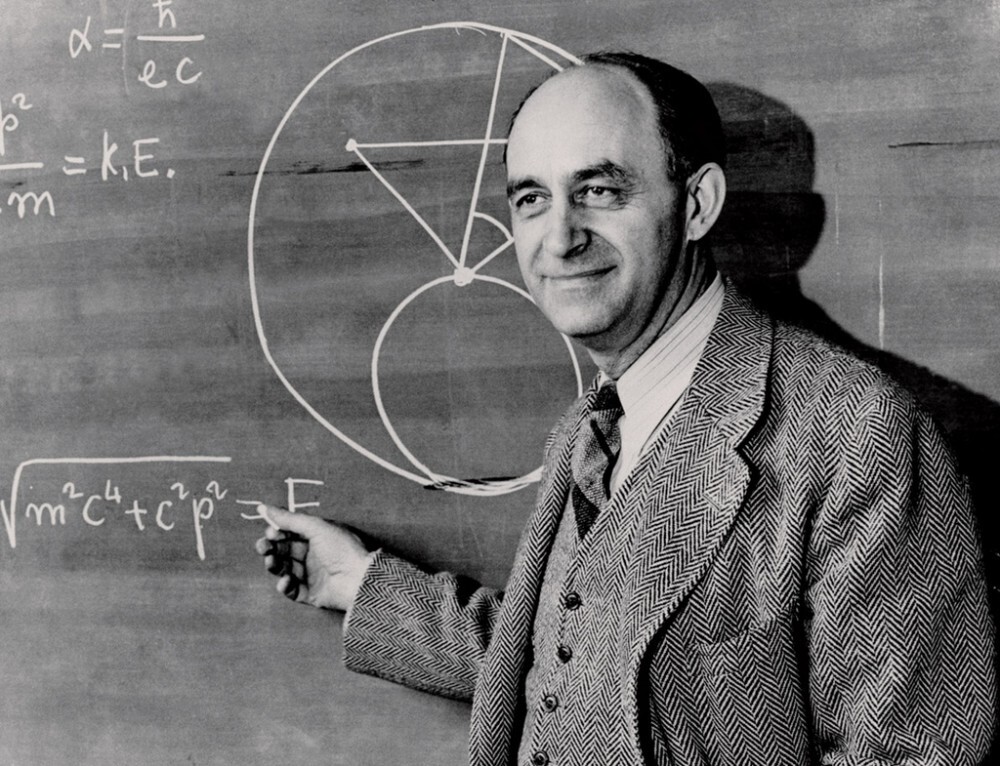
Enrico Fermi
Five years later, Majorana, at the instigation of the famous physicist Emilio Segre, made a decision that would change science forever and switched to physics. He quickly joined forces with Enrico Fermi, the man who invented the first nuclear reactor. 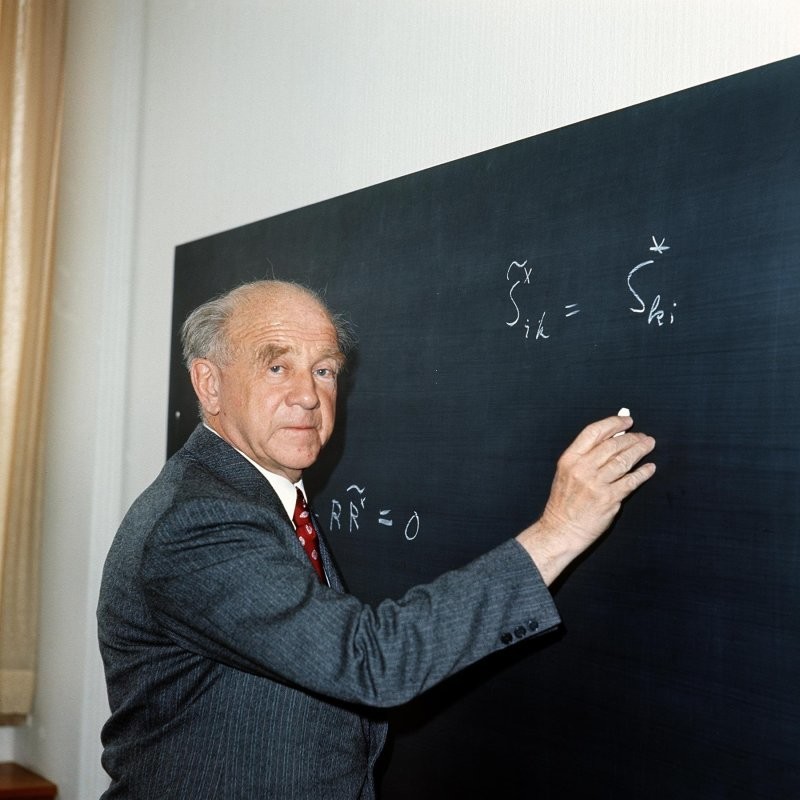
Werner Heisenberg
His contributions played an important role in the development of the theoretical foundations of quantum physics. Majorana's work was aimed at understanding the nature of particles, in particular fermions, and his ideas had an important influence on this field.
In 1929, at just 23 years old, Majorana received a degree in physics from the Sapienza University of Rome. The work he published three years later contributed to the emergence of a completely new direction in atomic physics - radio frequency spectroscopy.
Soon after, in 1933, he left Italy and went to Leipzig, where he worked with another prominent physicist, Werner Heisenberg, a pioneer of quantum physics.
Majorana's research not only helped revolutionize our understanding of quantum physics. He worked with some of the most famous physicists of the time, helping them complete their research. Everyone who interacted with Ettore quickly developed great respect for the scientist.
Main achievements 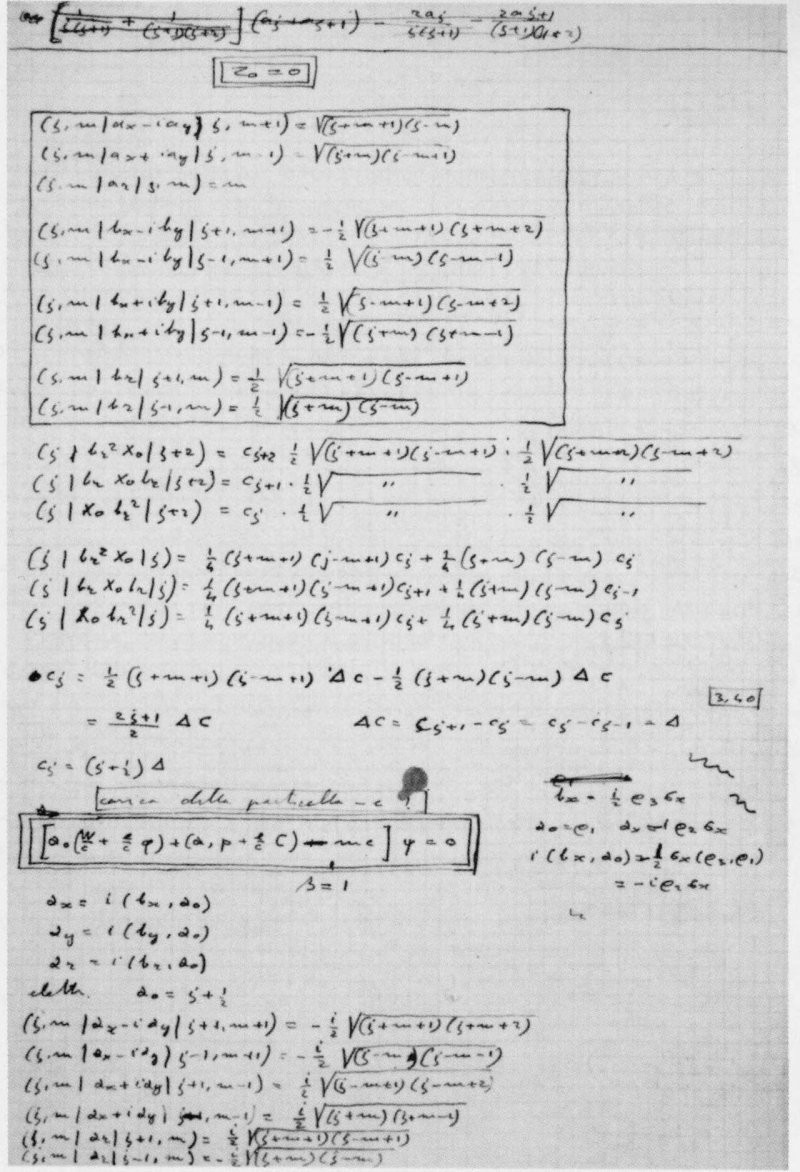
Majorana recordings
For decades, some of Majorana's greatest achievements went unnoticed. This was largely due to the fact that he hated attention to himself. He rarely took direct credit for his discoveries, considering them boring and unimpressive. He published only nine works throughout his career.
His most notable contribution was the formulation of the Majorana equation, a pioneering theoretical framework that described particles that could be their own antiparticles. This concept, known as Majorana fermions, has changed the understanding of particle physics.
In addition to the Majorana equation, he made significant advances in the study of neutrinos, making valuable contributions to the understanding of their properties and behavior. Fermi wanted Majorana to write a paper about his discovery, but the shy Ettore refused. The following year, another physicist experimentally proved that the Majorana neutrino exists, and received the Nobel Prize for this.
His achievements were so impressive that in 1938, at the relatively early age of 31, Ettore became professor of theoretical physics at the University of Naples. He was not required to pass exams or prove his credentials, since he achieved fame in the field of theoretical physics thanks to his unique knowledge.
Disappearance 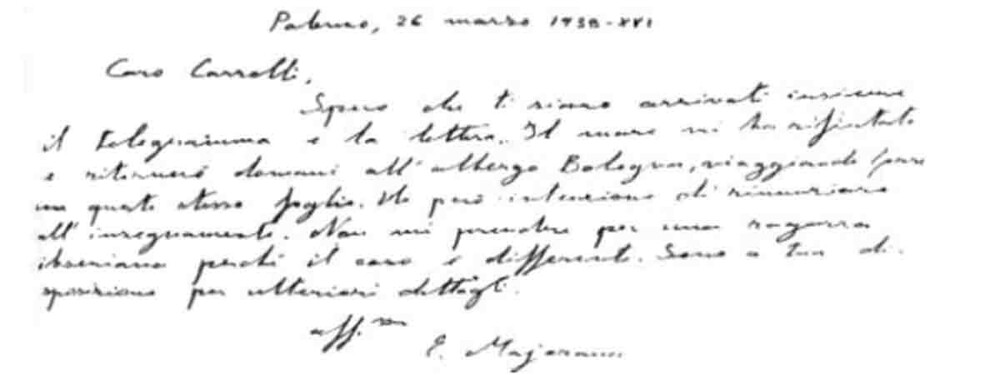
Farewell letter
In 1933, Majorana fell ill with gastritis and began to lose weight. This affected his behavior even more, and for 4 years he became almost a complete recluse.
The man locked himself in the house, rarely attended university and refused to communicate with family and friends. During this time he published nothing while working on his theories.
The situation improved in 1938. By then he had recovered sufficiently to take up a position at the University of Naples, but this did not last long. On March 25, 1938, he disappeared under extremely strange circumstances. It seems that everyone who knew him had their own version of what happened.
It all started when a young scientist withdrew all his money from the bank and then went to Palermo from Naples. He is believed to have gone there to visit friend Emilio Segre. 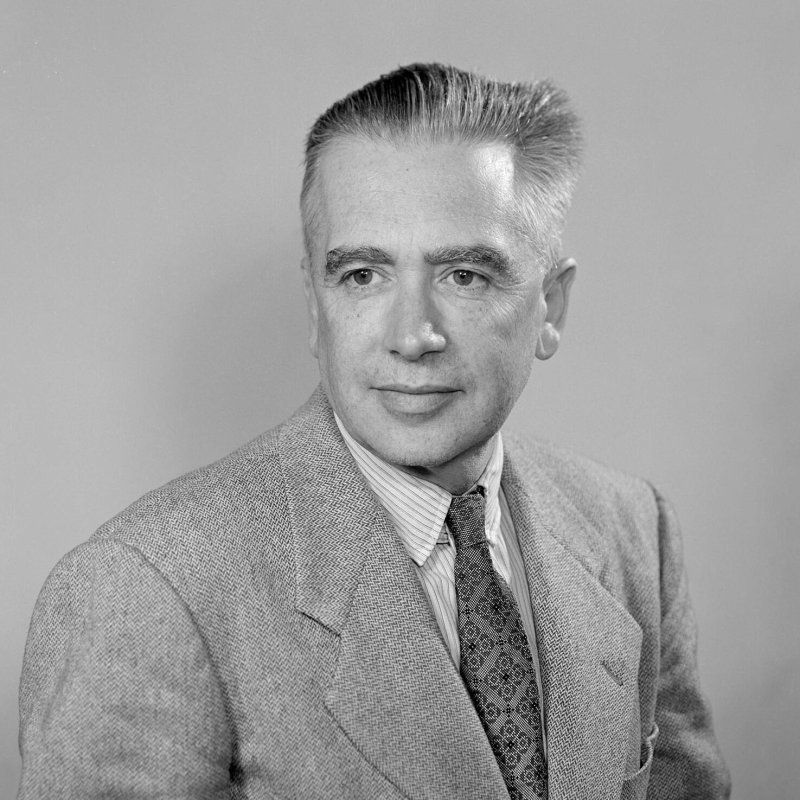
Emilio Segre
While in Palermo, Majorana bought a return ticket to Naples, but never used it. Soon after the purchase, he sent a letter to his boss, Antonio Carrelli, director of the Naples Institute, in which he said that he had no intention of returning.
He apologized for the inconvenience caused and asked for forgiveness. But the strangest thing was the way he ended the letter, cryptically declaring: “I ask all those whom I have come to know and appreciate to remember me. I will cherish their memory until at least 11pm today, and possibly later."
His body was never found, and his disappearance remained a mystery for decades.
Some of Majorana's former colleagues suspected that he had committed suicide. In the past, he was restless, overtired, and acted strangely. The words about 11 pm sounded like a sign of the end of something. Therefore, some believed that the physicist committed suicide - he threw himself into the ocean. 
Others wondered if he had entered a monastery. Majorana grew up in a Catholic family and remained a religious person, despite his scientific views. Many members of his family believed that he left his old life in order to live a simpler and cleaner life. His old confessor, Monsignor Ricceri, said that Majorana would never have committed suicide, but had experienced mystical crises in the past.
There are those who believe that he was kidnapped or killed. When Majorana first went to Germany to work with Heisenberg, the Germans were in power, but World War II had not yet begun. It is speculated that Majorana may have been kidnapped or killed to prevent his genius from being used to create atomic weapons.
Closing the case 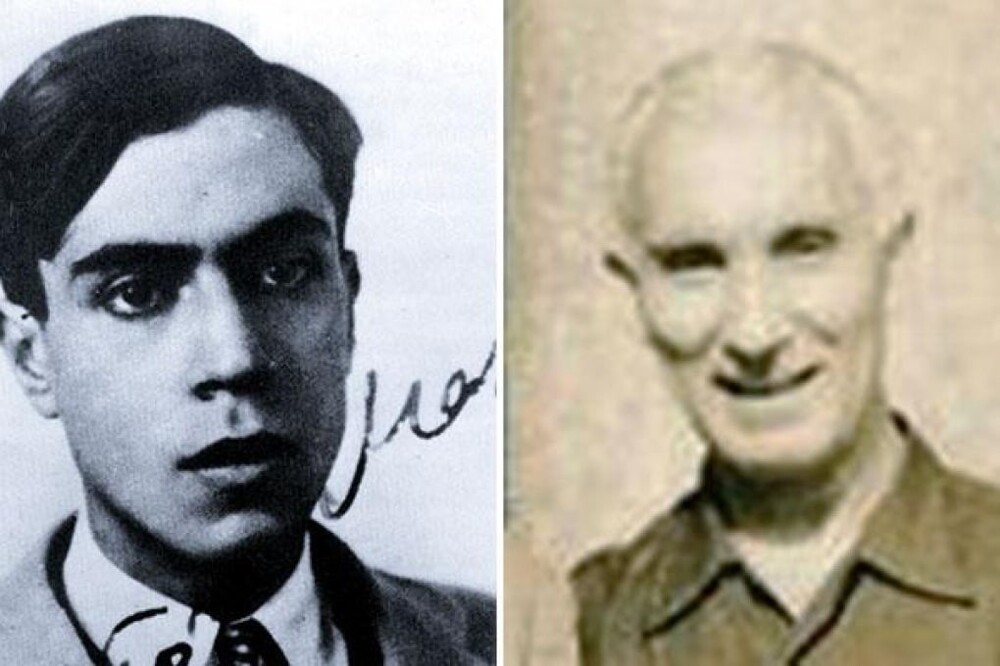
This is believed to be a photo of Majorana taken in Argentina in 1955
Another popular theory was that Majorana emigrated to Argentina or Venezuela to start a new life. In 2011, Rome prosecutors reopened the case into Majorana's disappearance after a witness came forward claiming to have met the scientist in Buenos Aires after World War II.
In June of that year, Italian police announced that they had analyzed a photograph of a man taken in Argentina in 1955.
Using a facial recognition program, it was found that the man's face has ten points of similarity to Majorana's face. They decided that it was most likely the same person.
Four years later, on February 4, 2015, the Rome prosecutor's office announced that the case was closed. They believed that Majorana was alive and living in Valencia from 1955 to 1959. The police had no reason to believe that Majorana was forced to take his own life and they believed that he did so out of personal choice.
Did the authorities do the right thing? Not everyone is convinced of this. It seems to many that the case, which lasted for decades, was completed too neatly and quickly.
A lot of questions remain unanswered. Why did he do this? What has he been doing all these years? What happened to Majorana in the end? 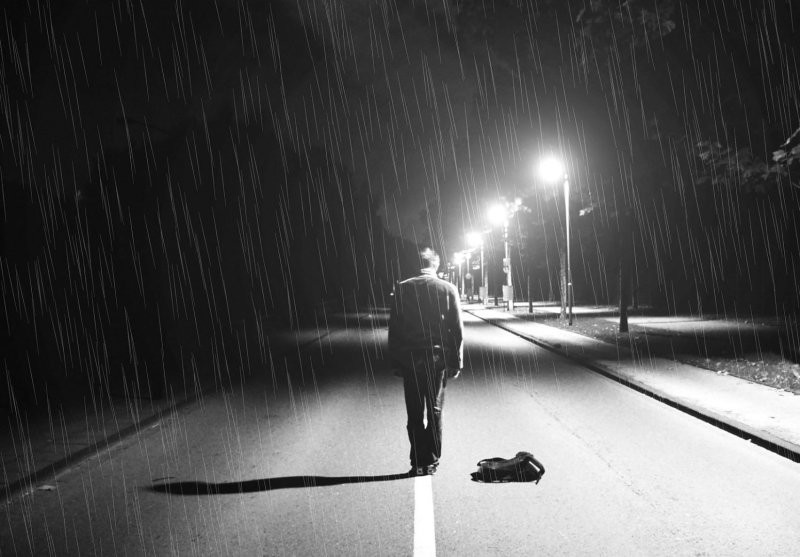
Despite extensive investigation and re-opening of the case, the mystery remained unsolved. Theories about his fate, ranging from voluntary disappearance to political motives, only highlight the ambiguity that shrouds the last days of the life of this brilliant physicist. The disappearance of Ettore Majorana continues to haunt the imagination, reminding us that in the pursuit of complex scientific truth, some of the simplest everyday questions remain unresolved.





